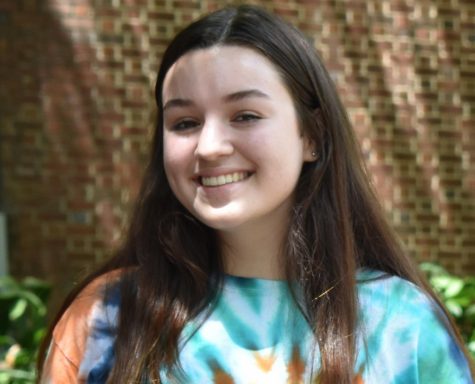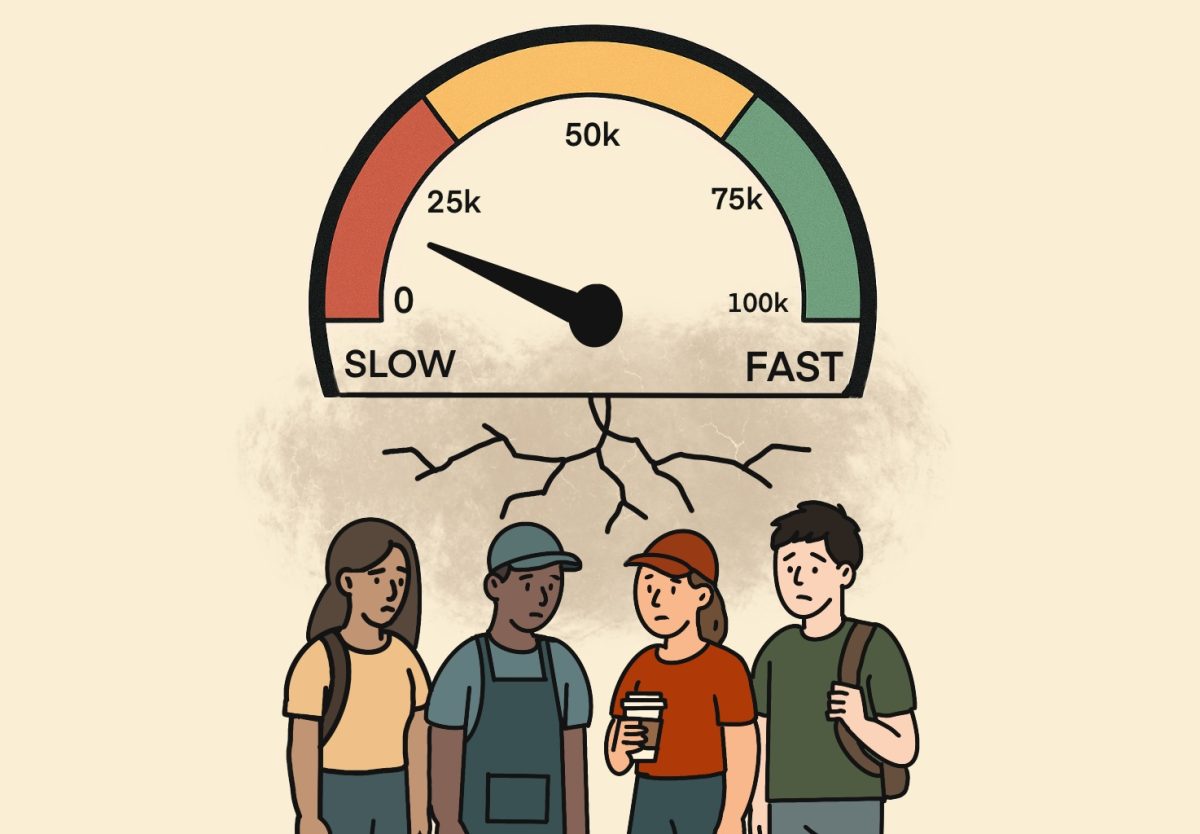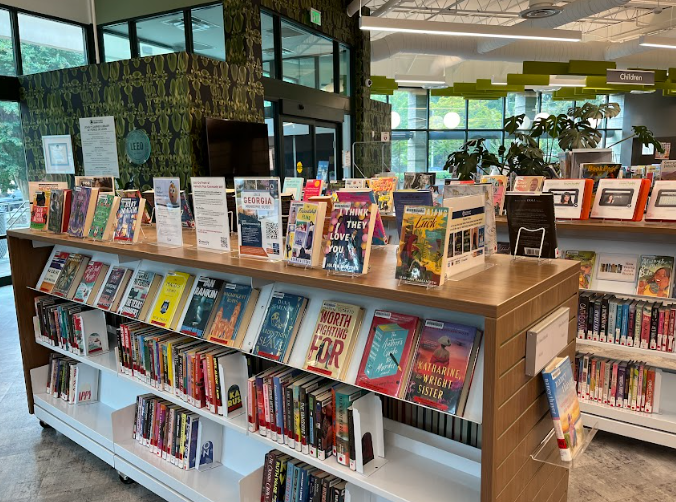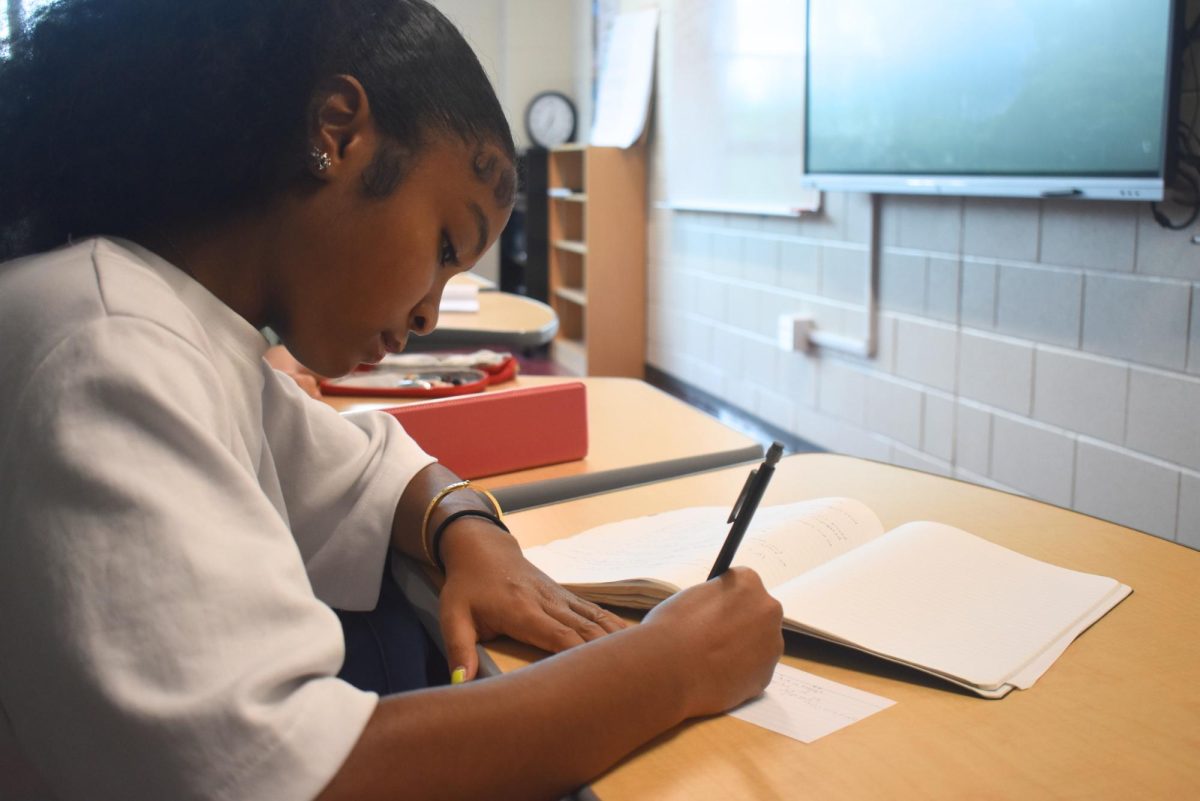District reaches all time high graduation rate, gaps remain
Grady Class of 2021 alumni Ellie Winer and Lindsey Snyder stand at graduation with their diplomas. Winer and Snyder both graduated on time.
December 9, 2021
Atlanta Public Schools reached an all-time high four-year graduation rate of 83.1 percent for the class of 2021. A total of 2,557 students across the district graduated on time.
The continuous support from guidance counselors and graduation coaches across the district was a key element in increasing the graduation rate. Guidance counselors at Midtown did not respond to a request for comment.
“I worked harder than I’ve ever worked before, which is a constant thing because I felt like it was needed,” North Atlanta High School graduation coach Cassandra Jones said.
Jones has worked as a graduation coach for seven years and until the 2020-2021 school year, her contact and face-to-face time with students remained within the school building. However, the pandemic changed students’ academic experience during the school year.
“We had makeup packets that I personally delivered to students at their houses,” Jones said.
“That’s when you realize how many kids live out of district. I would take packages out to Roswell;I would take packages out to Fayette County, taking makeup packets and homework packets and things like that, putting them in my car and driving those extra miles.”
Dr. Donald Prater, senior guidance counselor at Washington High School, hadn’t regularly visited students at home in years past, but this year, he found home visits to be an effective strategy to keep them on track to graduate.
“There became almost like a pandemic within the school system,” Dr. Prater said. “We noticed that there were students who were not logging in. We had to actually go to those houses and actually begin to meet with those students and parents and find out what was causing the student not to log in.”
Midtown college advisor Scarlett Mayoralgo saw a shift in teacher’s attitudes during online learning.
“The shift in perspective allowed everyone to be a little more considerate and a little more kind, and so, it’s really interesting once you take away the strictness of deadlines or something like that,” Mayoralgo said. “Then teachers are sort of able to see how having a gentler approach or maybe giving students space or removing the stress of them can create closer relationships.”
According to Dr. Prater and Jones, the track to graduation does not begin senior year. Graduation coaches and guidance counselors ensure students are familiar with graduation requirements as early as their freshman years.
“We go through our process and help them understand their graduation plan and the courses that are required by the state, as well as AP classes,” Dr. Prater said. “The key is to get students to understand goals of things that are required of them.”
Although Jones and Dr. Prater have worked primarily with seniors, they have had to adjust their strategies to fit the entire student body while transitioning back to an in-person learning environment. This includes working with the freshman class.
“This year is just different because I truly feel like the last time these freshmen were in school was when they were in seventh grade,” Jones said. “It’s a whole different set of moving parts in terms of what we’re having to address and things that we’re having to deal with.”
According to data released by APS, there was about a 17-percent point difference between the graduation rates of White students and Black students.
“I think one of the biggest disparities is that a lot of times with students who are at a disadvantage, or who may be in poverty, those students oftentimes do not always have a lot of support and resources available at their fingertips,” Dr. Prater said. “I think that the biggest issue when trying to close that gap is making sure that resources are available for students who are more at disadvantage in comparison to students who may have more advantages.”
Counselors have varying opinions when it comes to the cause of the graduation divide. In addition to providing more resources, Jones thinks a culture shift is necessary.
“Speaking as a Black woman, first of all, this is a situation and an issue that goes beyond what occurs within the school building,” Jones said. “To me, this is something that starts in the home within the community. I think that we have to re-emphasize the importance of getting an education and not just settling for mediocrity. So, many of our students are comfortable with just passing, when I know they have the capabilities of excelling.”
While Mayoralgo acknowledges the gap between White and Black students’ graduation rates, she said that in her experience at Midtown, the gap between White and Hispanic students’ graduation rates stands out most.
“I think the disparity is more shocking and concerning at Midtown concerning the graduation rates of White students and Hispanic students,” Mayoralgo said. “I think that has everything to do with the sort of isolation when you have a school where it is mostly White or mostly Black, and then there are small enclaves of brown and other persons of color. In Midtown, I think the population that ends up being most isolated is the Hispanic population.”
According to Mayoralgo, some seniors see graduation as an impossible task.
“I feel like at Midtown, it’s taken a bit for granted,” Mayoralgo said. “It’s like well naturally in four years you have to leave this place with your diploma and go on to the next phase. For a lot of students, they face everyday stress, and maybe had their lives deeply changed by the pandemic, and that kind of thing. It’s not always a foregone conclusion if every day every week kind of feels like a struggle.”
Despite the struggle students may face, all three counselors agree on the importance of graduating high school.
“I believe that the diploma is the most important, the master key to open up many, many doors of opportunity,” Prater said.







